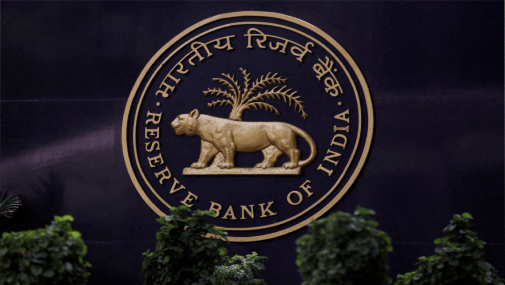US’ waiver for India on CAATSA Sanctions
December 5, 2018 | Expert Insights

India risked US Sanctions when it agreed to sign $5 billion deal to buy Russian S-400 missile systems. US defence secretary, James Mattis has assured his Indian counterpart, Nirmala Sitharaman that the two sides will ‘work everything out’ regarding the threat of US sanctions.
Background
In August 2017, the United States enacted Section 231 of the Countering America’s Adversaries Through Sanctions Act (CAATSA). The Act grants the American government the power to impose sanctions against any state, individual, or business entity that engages in significant transactions with the defence or intelligence sectors of the Government of the Russian Federation.
On October 5, 2018, India and Russia formally signed a multi-billion-dollar defence deal: $5.2-billion for five regiments of the S-400 air-defence shield, $2.2-billion to procure four new warships for the Navy, and $1.1-billion for new medium-lift helicopters to be used by both the defence and home ministries. India went ahead with the agreement in spite of warnings from the Trump administration that purchasing major military equipment like the missile system from Russia would be considered a “significant transaction” and could result in tough US sanctions.
The S-400 is essential to India's defence because of the shortage of squadrons that the Air Force faces. The S-400 Triumf is an advanced surface-to-air missile system and can shoot down hostile aircraft and ballistic missiles. It has an estimated range of 250 kilometres that could be extended to 400 kilometres. The S-400 battery has four missile vehicles that can carry and launch missiles. Each one contains four launch tubes. The system also includes a fire control radar and a command post, enabling it to fire surface-to-air missiles and eliminate any incoming missile or adversary, creating an air defence shield.
Analysis
India’s purchase of Russian-made S-400 missile systems is subject to U.S. sanctions under the Countering America’s Adversaries Through Sanctions Act, a measure that was signed by President Donald Trump in 2017.
India placed an order for five S-400 missile defence systems, for an estimated $5 billion, despite the prospects of the deal attracting secondary sanctions under the US law — Countering American Adversaries Through Sanctions Act (CAATSA) — that seeks to punish Russia for interfering in the 2016 elections.
US defence secretary James Mattis expressed confidence, before and during his meeting with visiting Indian counterpart Nirmala Sitharaman, the two sides will “work everything out” regarding the threat of sanctions facing India for buying Russian S-400 missile defence systems. The U.S. Defense chief stressed that this wouldn’t be the first time India has purchased weapons from the Kremlin. He said, “India has been spent many, many years in its nonaligned status, and it’s drawn a lot of weapons from Russia,”.
“We are here today to talk about all the issues that bring us closer together and we’ll sort out all those issues here today and in the days ahead,” he added, when asked about India’s S-400 purchase as he waited for the Indian defence minister’s arrival at the Pentagon, and sought to portray discussions on the issue as “normal collaboration and consultation”. “We’ll work everything out, trust me,” Mattis said in response to another specific question about the S-400 deal asked before the two officials went into closed-door formal talks accompanied by their military and diplomatic officials.
In her remarks, Sitharaman gave no explicit indication that the threat of US sanctions for S-400 purchases was an issue she wanted to raise. “I look forward to spending some time on specifics of the issues that we have been engaged in, building on the discussions and outcomes of the 2+2 meetings,” she said.
Russia’s S-400 system, a mobile long-range surface-to-air missile system, made its debut on the world stage in 2007. The platform rivals are Lockheed Martin’s THAAD, or terminal high altitude area defence system and Raytheon’s Patriot system. Compared with U.S. systems, the Russian-made S-400 is capable of engaging a wider array of targets, at longer ranges and against multiple threats simultaneously.
About 13 countries have expressed interest in buying the S-400. China, India and Turkey have already signed purchase agreements for the missile platform. China is in the middle of receiving its final shipment of the S-400 system. Turkey, a NATO ally, is slated to receive its S-400 next year and is expected to have the system ready for use by 2020.
In the past, India has argued that it has a strategic partnership with the US but has made it clear to Washington that India-Russia military relations stand separate from the India-US ties and that these are not connected.
Assessment
Our assessment is that India has long maintained cordial relations with Russia due to its vulnerabilities on the twin borders with Pakistan and China. We feel that Washington is mindful of India’s strategic requirement and is likely to grant sanction waivers for India from CAATSA in specific deals with Russia. We also feel that US is not eager to share its military technology, unlike Russia due to which the chances of the US following through on its threats of sanctions are slim.








Comments